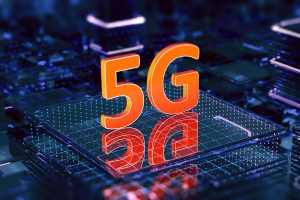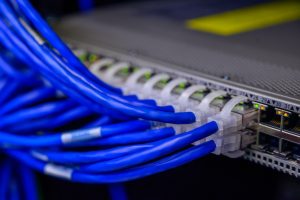Mobile networks that you know today have evolved continuously since their inception. Accordingly, you have heard about different terminologies such as 2G, 3G, 4G and now you hear 5G.
Those close to the industry may find themselves more familiar with these terminologies, but it can be a bit daunting to the general people. Most of you are currently using a 4G network, but you soon may receive the 5G network services in Nepal itself.
Recently, the government has decided to let the Nepal Telecommunications Company (commonly known as Nepal Telecom) carry out a test about the use of 5G internet technology in Nepal. Likewise, Worldlink, a leading ISP of Nepal, has launched a 5G wi-fi service but still has a long way to provide full coverage. Similarly, Ncell is also planning to bring the 5G network to Nepal.
If they succeed to do so, they can be the first to bring the 5G network in whole South Asia.
So, today, let’s find out more about 5G network.
What is 5G?
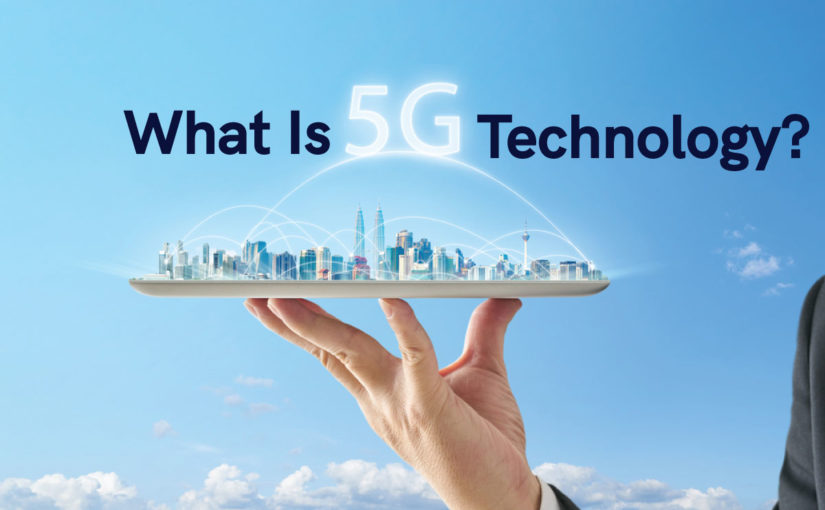
As different generations of wireless technology, 5G is a next-generation technology that is believed to change the way people live and work. It is said that this network will be around 10-100 times faster than the current existing 4G networks. This improvement in the network could lead towards a wave of possibilities for new kinds of tech products in different sectors like health, business and automobile to name a few.
Why is 5G needed?

Most companies are already competing to have the fastest and largest 5G networks. Even the countries are competing to be the first ones to deploy fully functional national 5G networks. The 5G networks are believed to transform the way technologies are being used, making them faster and more efficient. They will enable the new technologies to perform better and faster not only for consumers but also for businesses, infrastructures and even defence systems. Improvements offered by the 5G networks will give businesses access to lightning-fast data transfer speeds and improved network reliability.
How does it work?

The 5G networks use a type of encoding, which is similar to the encoding that 4G uses. The air interface is designed for much lower latency and greater flexibility than 4G.
A 5G network can be built in different methods, mostly depending on the type of bands a wireless carrier has. A low-band network will have a wide coverage area but will only be 20% faster than 4G; a high-band network will have superfast speed but has a smaller range and the signal gets disrupted through hard surfaces. There are also mid-band networks that balance the speed and coverage.
How can you use it?
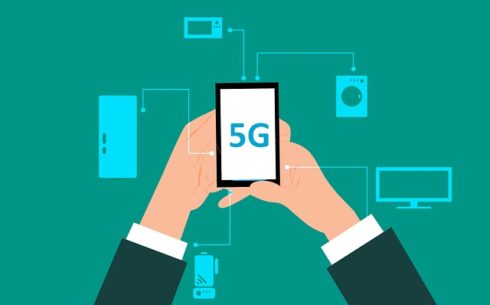
To get the benefits of a 5G network, consumers need to have a 5G-enabled device. Most of the mid-range and high-range phones are now built to support a 5G network. Most of the big names like Samsung, Apple, Huawei, OnePlus, and Xiaomi have already launched devices that support a 5G network.
What are major advantages?
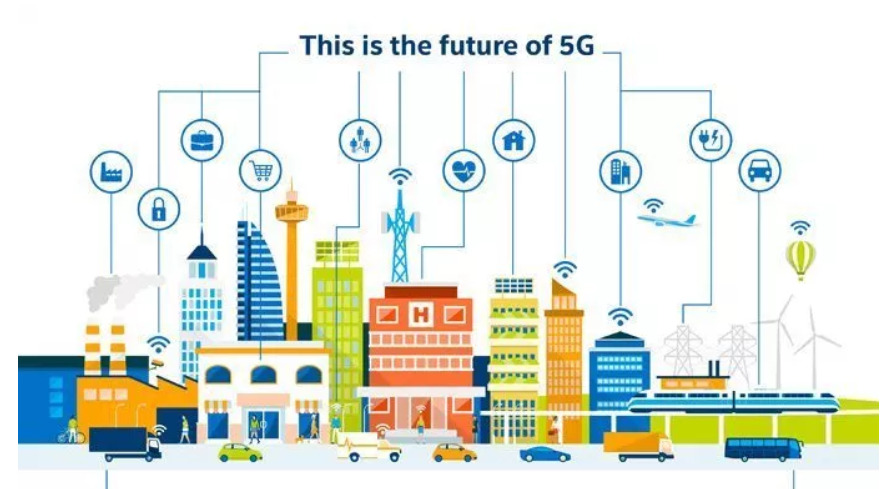
Speed is the most hyped thing about 5G networks. As mentioned earlier, it is said to be up to 100 times faster than the current 4G network.
Along with speed, a 5G network will also provide greater bandwidth. This means it can handle many more devices at once than the previous networks. Expectedly, it will also reduce latency to almost zero. The users can experience a real-time video call conversation. Since the latency is said to be almost zero, it will even be able to connect self-driving cars.
The 5G technology is very quick and is capable of supporting a large number of devices that can help digitise many industries. It will also help in preparing for the new wave of automation and AI.
How fast will downloads be?

The new 5G networks are expected to be at least 10 times and up to 100 times faster than the current 4G networks. Verizon, an American telecommunication network, recorded up to 3 Gbps of download speed. With that speed, a whole HD movie can be downloaded with just a click. However, the actual speed may vary and depend upon the location and network traffic.
Doesn’t it have any drawbacks then?
As always, when something new comes along, it means that people need to change, and new technologies do not always bring only positive things. The 5G networks also have some drawbacks.
These networks drain the battery quickly, due to which the 5G-enabled phones have significantly large battery storage. The initial investment is also very high; the initial cost for infrastructure or adaptations to existing cellular infrastructure will also be high.
The upload speed differs in a huge number comparing to the download speed. Similarly, any obstruction can impact the connectivity. There are also concerns among regulators and others about the security of a 5G network, especially since crucial technologies such as self-driving cars and healthcare systems will be built on top of the network.







